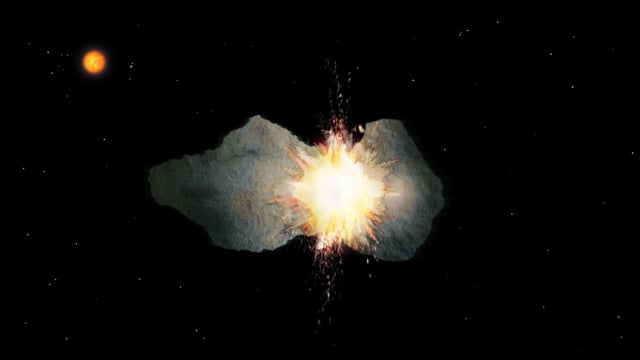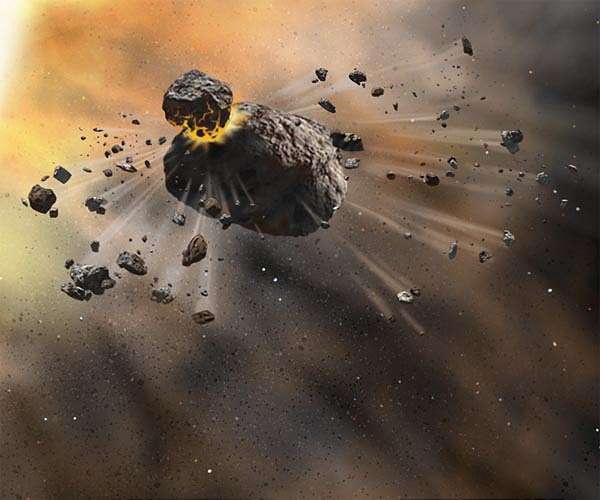Overview
- Gaia’s light‑curve dataset shows a distinct gap on rotation period versus diameter plots, separating slow tumblers with periods under about 30 hours from faster stable spinners.
- Researchers modeled a balance between collision‑induced tumbling and internal friction that restores ordered spin, and the predicted dividing line matches Gaia observations.
- Sunlight-driven thermal torques strengthen stable rotation but are weak for tumbling bodies, leaving many slow rotators trapped in the low‑spin regime.
- The rotation patterns support a rubble‑pile picture for many asteroids, implying porous aggregates blanketed by regolith rather than solid rock.
- The findings, presented at EPSC‑DPS2025, inform planetary‑defense planning and are slated for expansion to millions of objects with the Vera C. Rubin Observatory’s LSST.

